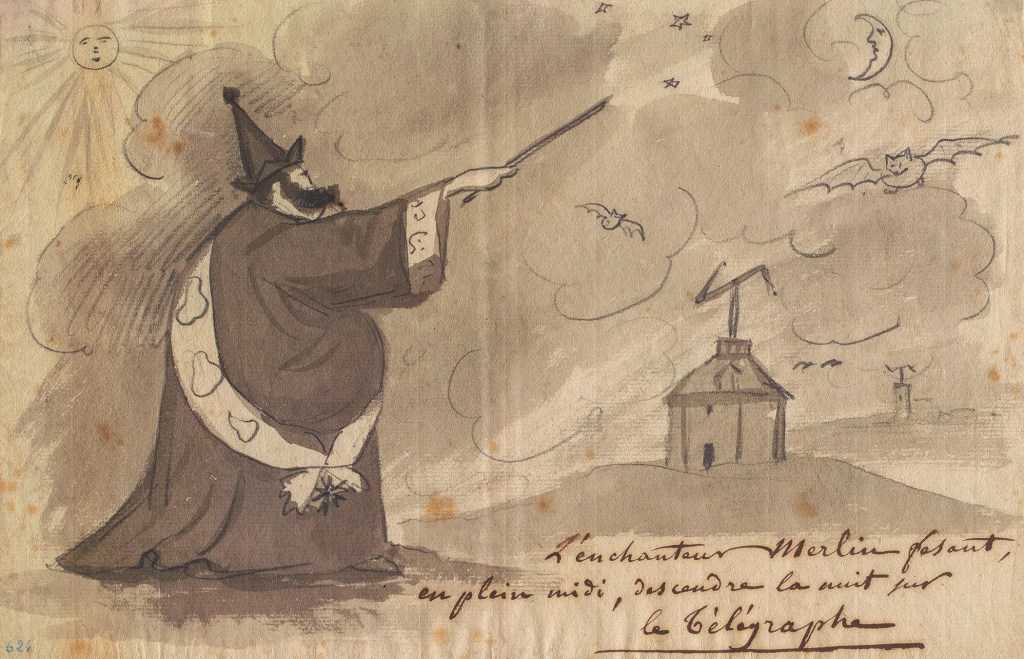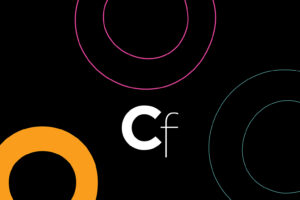The Brief and Illustrious Life of the Telegraph


Before the telephone rendered it obsolete, the optical telegraph was somewhat of a national fixation in 19th-century France. Petrified by the unknown, Parisians smashed an early version in 1792. Politicians were suspicious of what the author calls “mechanical monsters, secretive and strange,” in the aftermath of the French Revolution. And this “angular and winged” device’s aesthetic or grotesque figurative possibilities either enchanted or perturbed artists of the era. Even Victor Hugo did not hold back. Of the telegraph that was then mounted atop the Parisian cathedral Saint-Sulpice, the Romantic author writes in his 1819 anti-Napoleon satirical poem “Le Télégraphe”: “There, before my window! It is quite ridiculous / That someone would place a telegraph outside my room!”
The short and illustrious life of the optical telegraph — and the artistic representation it inspired — is the subject of Richard Taws’s extensive academic book Time Machines: Telegraphic Images in Nineteenth Century France. Often difficult to read but packed with images across six chapters, the book unravels intersections between political, scientific, and visual histories, as artists and inventors encountered the telegraph in European cities like Paris and Vienna.

Taws forefronts three lesser studied genre painters: Jacques François Joseph Swebach-Desfontaines, Étienne Bouhot, and Georges Michel. Especially fascinating are Michel’s later 19th-century works like “View of the Butte Montmartre with the Church of Saint Pierre and Vue de Montmartre,” where the artist merges the iconography of hazy telegraphs with bleak cloudy skies — a timely representation of France’s evolving landscape affected by environmental and technological change. The telegraph has also been visually represented in various styles of art, including Honoré Daumier’s lithographs, J. J. Grandville and Charles Norry’s drawings, Louis Pierre Baltard’s etchings, and several caricatures.
Taws’s major aim is to reveal the forgotten history of the telegraph in French art, but the scrupulous research keeps getting lost within its own lexical complexity. The book’s chronicle-like style is as overwhelming to follow as the complicated network of images and cultural forces it aims to demystify. But the abstruse writing should not deter or discourage readers investigating junctures between histories of art, science, and society. Time Machines intrigues interests in other technologies that have outlived the defunct telegraph — windmills, telescopes, and hot air balloons, for instance. How much of this art historical representation is still lost in time, waiting to be uncovered?


Time Machines: Telegraphic Images in Nineteenth-Century France (2025) by Richard Taws is published by MIT Press and is available online and through independent booksellers.





